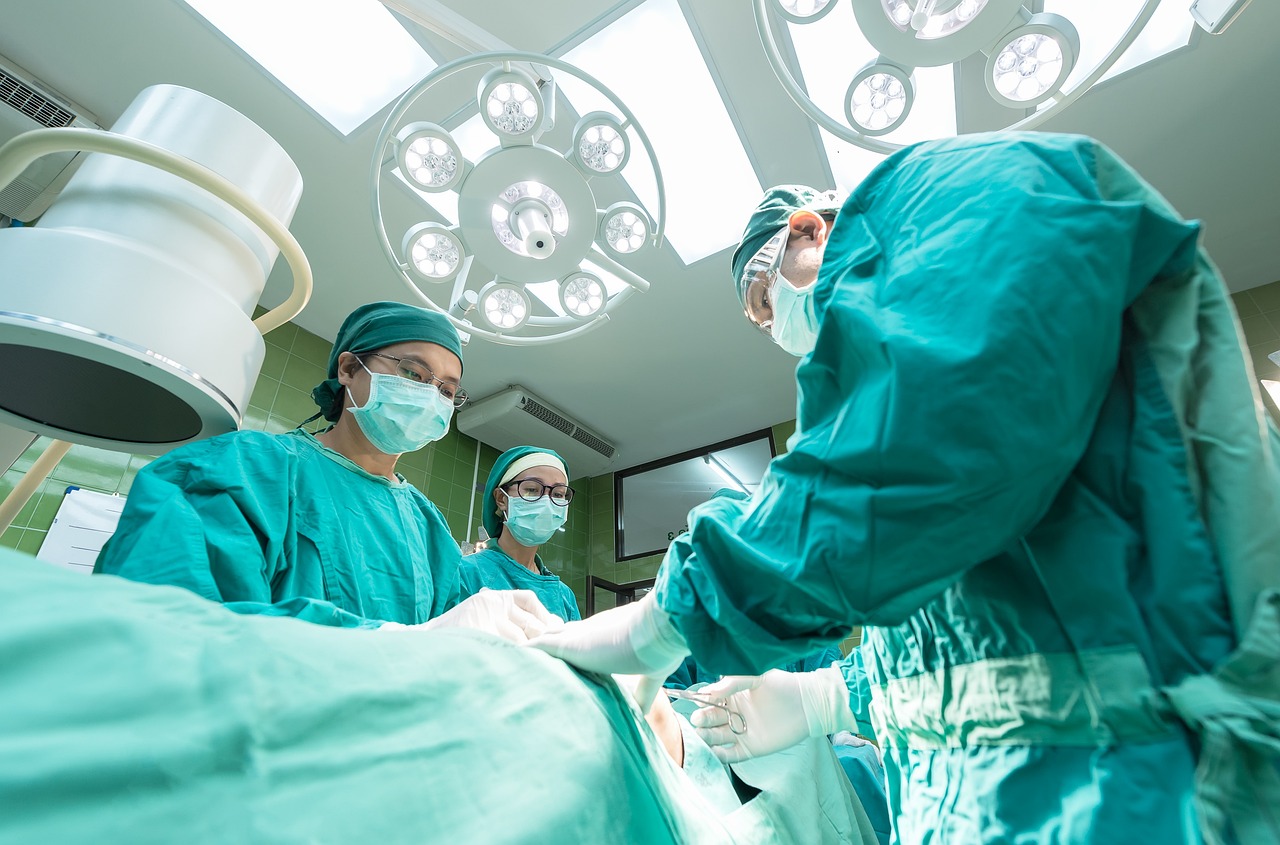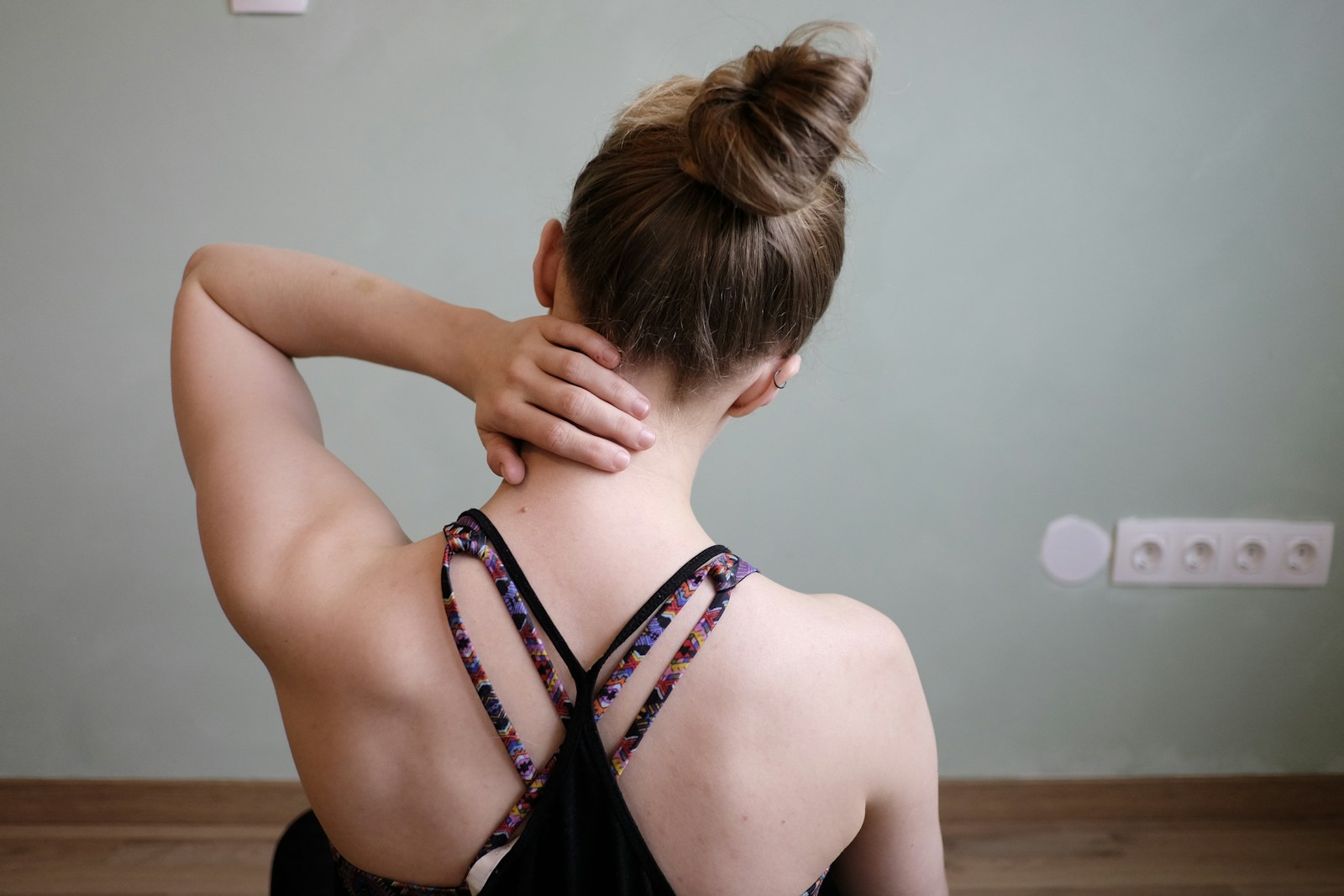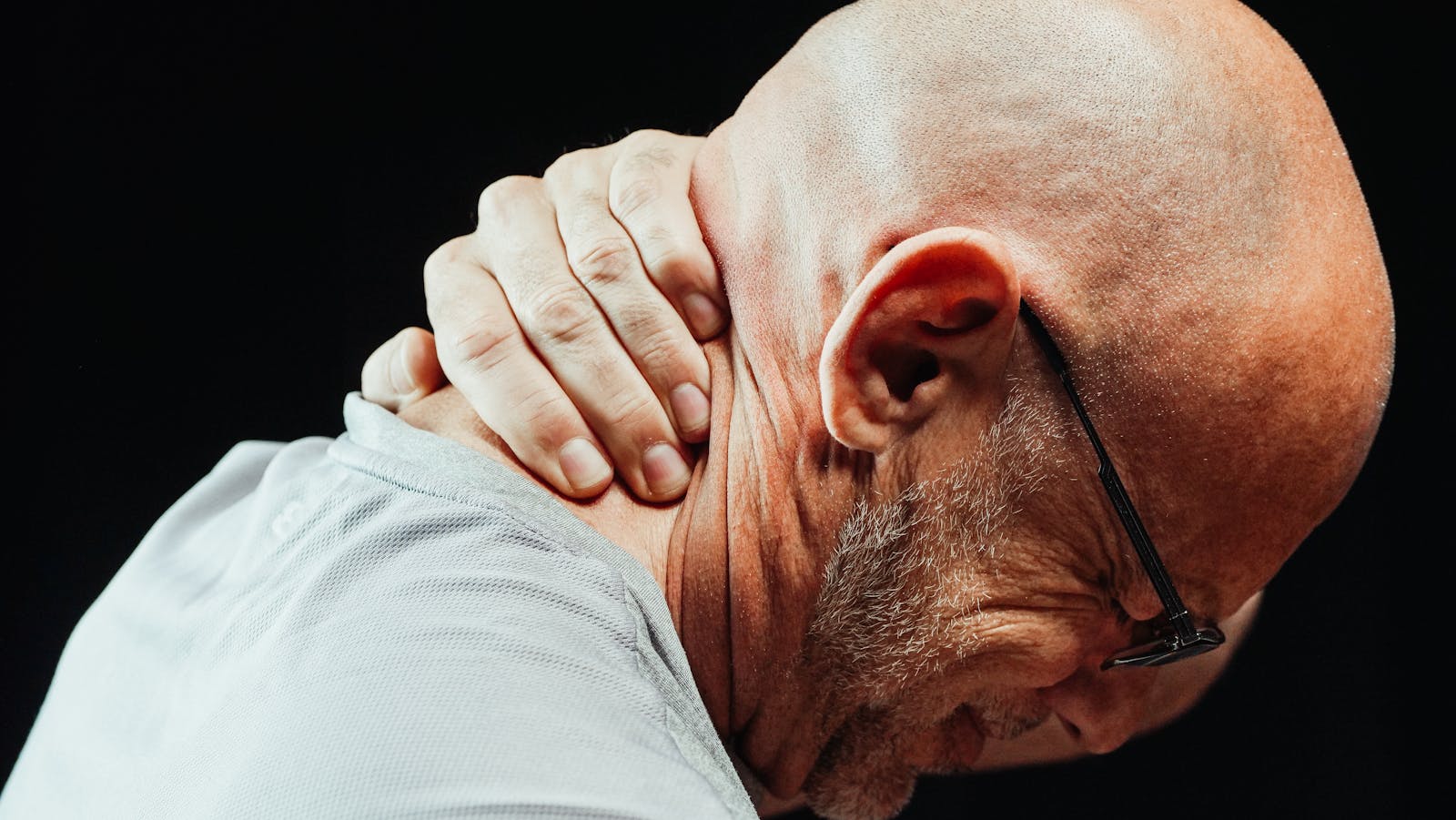Torticollis, often referred to as ‘wry neck,’ is a perplexing yet intriguing condition that affects a substantial number of infants worldwide, with lingering effects that can last into adulthood. Various factors can trigger this abnormal positioning of the head and neck, and it has a profound impact on the quality of life of the affected individuals. The complexity of this condition, its causes, symptoms, and treatment options, as well as the experiences of those living with it, warrants a more thorough exploration. Let’s commence on this journey of discovery together.
Understanding Torticollis
Characterized by an abnormal, asymmetrical head or neck position, torticollis, also known as wry neck, is a complex condition that requires a thorough understanding for effective diagnosis and treatment. It is a type of dystonia that can occur at any age, although the majority of cases are reported in infants. Statically, torticollis demographics show that the condition affects approximately one in every 250 infants globally, with a slight predominance in females.
Genetic predisposition plays a noteworthy role in the occurrence of torticollis. Research has identified mutations in the DYT1, and DYT6 genes as being linked to the development of the condition. These genes are involved in the production of proteins that are essential for normal muscle movement. When these genes are mutated, the protein structure and function are affected, resulting in the abnormal head and neck posture observed in torticollis.
Moreover, torticollis can be congenital, resulting from malpositioning in the uterus or birth trauma, or acquired, often due to underlying neurological or muscular diseases. In both scenarios, early diagnosis and intervention can greatly improve the prognosis and enhance the quality of life for affected individuals.
The Anatomy of the Neck
The human neck, a complex anatomical structure, exhibits a robust construction designed for support, rotation, and flexibility. A meticulous examination of its anatomy, specifically the intricate interplay of muscles and the structure of the cervical spine, is critical to understanding the onset and progression of torticollis. These elements, when examined in detail, provide insights into the physiological abnormalities that manifest as the characteristic symptoms of this condition.
Neck Muscles Overview
Understanding the intricate network of muscles in the neck is essential for a thorough understanding of conditions like Torticollis. The neck’s musculature consists of several groups that support movement, maintain posture, and promote flexibility. These include the deep and superficial muscles, each with specific roles. Muscle stretching techniques can aid in enhancing flexibility, reducing muscle tension, and relieving pain associated with Torticollis. They work by elongating the muscles, increasing blood flow, and promoting mobility. Posture improvement tips, on the other hand, focus on promoting correct alignment of the neck muscles. This can involve exercises to strengthen muscles, ergonomic adjustments, and the use of supportive devices. Both muscle stretching techniques and posture improvement tips are vital in managing and preventing neck muscle disorders like Torticollis.
Cervical Spine Structure
In the domain of neck anatomy, the cervical spine structure plays a paramount role, consisting of seven vertebrae that provide support and mobility to the head while housing and protecting the spinal cord. These vertebrae, labeled C1 through C7, each serve specific cervical vertebrae functions:
- C1, also known as the atlas, supports the skull and allows nodding.
- C2, or the axis, enables the head’s rotation.
- C3-C7 provide structural support, flexibility, and movement.
The vertebrae’s design is integral to spinal cord protection. Each vertebra has a hollow center, forming a canal where the spinal cord passes. This fortified pathway shields the cord from injury. Detailed understanding of cervical spine structure is essential in diagnosing and treating conditions like torticollis.
Causes of Torticollis
Several factors contribute to the development of torticollis, a condition characterized by the tilting of the head due to shortened or tightened neck muscles. Genetic predisposition is a key factor, with research indicating that certain genetic mutations can lead to abnormal muscle development, resulting in torticollis. The condition is often observed in families with a history of neck or spine disorders, suggesting a hereditary component.
Infant positioning, both in utero and post-birth, is another critical factor. In utero, abnormal positioning can put undue pressure on the infant’s neck muscles, leading to torticollis. This is often referred to as congenital torticollis. Post-birth, improper handling or positioning can strain the neck muscles, causing acquired torticollis. This is commonly observed in infants with inadequate head support during the early developmental stages.
Other causes include trauma or injury to the neck, certain medications, and underlying health conditions like tumors or infections that affect the neck muscles or cervical spine. While these factors are relatively rare, they play a significant role in the onset of torticollis. Hence, a thorough understanding of these causative factors is important for accurate diagnosis and effective treatment planning.
Different Types of Torticollis
While the causes of torticollis are multifaceted, it is important to note that the condition itself presents in various forms, each characterized by distinct symptoms and requiring specific treatment approaches.
- Congenital Torticollis: Also known as infant torticollis or pediatric torticollis, this type is present at birth and may be caused by abnormal positioning in the womb or a difficult childbirth. Torticollis genetics can play a role, particularly in cases where there is a family history of the condition.
- Acquired Torticollis: This type develops later in life due to a range of factors such as trauma, infection, or certain medications. It is typically characterized by sudden onset of neck pain and stiffness.
- Neurogenic Torticollis: This form is caused by a neurological condition, such as Parkinson’s disease or stroke. It often presents with other neurological symptoms, making diagnosis and treatment more complex.
Identifying Torticollis Symptoms
Identifying symptoms of torticollis involves keen observation of both physical and behavioral changes. Physical indicators, such as neck stiffness and head tilt, are often the first signs of this condition, necessitating clinical examination. Concurrently, understanding behavioral changes such as discomfort or difficulty in moving the neck can aid in early detection and prompt treatment of torticollis.
Recognizing Physical Indicators
The patient’s manifest physical signs provide crucial clues in diagnosing Torticollis, a condition characterized by distinct symptoms. From a pediatric perspective, the physical indicators are often apparent during infancy or early childhood, but can also occur as a result of underlying conditions in adults.
- Head tilt: The most recognized symptom is an unnatural tilt of the head towards one shoulder, with the chin pointed to the opposite side.
- Neck stiffness and discomfort: This is characterized by tightness and resistance in neck muscles, which can cause pain and limit range of motion.
- Asymmetrical shoulder height: One shoulder may appear higher than the other, indicating muscle imbalance.
These physical manifestations are crucial diagnostic tools for medical professionals and early identification aids in effective treatment planning.
Behavioral Changes to Note
Often, patients with Torticollis exhibit distinct behavioral changes, providing yet another critical dimension to the identification of this condition. These alterations can encompass a wide spectrum, but two prominent areas to note are the Emotional Impact and Sleep Disruptions.
The Emotional Impact of Torticollis can be severe, manifesting as irritability, anxiety, or depression due to the chronic pain and discomfort associated with the condition. This, in turn, may lead to social withdrawal or reduced personal and professional productivity.
Moreover, Sleep Disruptions are also commonly observed. The persistent neck pain and the inability to find a comfortable sleeping position can lead to insomnia or frequent awakenings, further exacerbating the patient’s overall distress and contributing to a vicious cycle of pain and sleep deprivation.
How Torticollis Affects Daily Life
Living with torticollis can greatly impact an individual’s daily activities, as this condition presents challenges in maintaining balance, performing routine tasks, and engaging in social interactions. This neck disorder may manifest as a constant or intermittent muscle contraction leading to an abnormal, often painful, neck position. The impact on daily life is multifaceted and includes both physical and psychological effects.
- Torticollis Impact on Sleep: The contracted neck muscles can cause discomfort and pain, often disrupting sleep patterns. This can lead to chronic fatigue, negatively affecting cognitive function and work performance.
- Emotional Wellbeing with Torticollis: The physical impairment and chronic pain associated with torticollis can affect mental health. Patients may experience stress, anxiety, and depression due to their inability to perform routine tasks and socialize normally.
- Daily Activities and Interactions: The physical limitations and discomfort caused by torticollis can inhibit normal daily activities such as driving, working at a computer, or even simple tasks like eating and dressing. It can also hinder social interactions, causing feelings of embarrassment or self-consciousness.
Diagnosing Torticollis
Given the significant impact of torticollis on an individual’s daily life, accurate and timely diagnosis becomes a key step in managing the condition effectively. Diagnosing torticollis primarily involves a detailed clinical evaluation, including a careful review of the patient’s medical history and a thorough physical examination. The diagnosis largely rests on the observation of characteristic physical signs, such as a head tilt to one side and possibly a lump in the neck muscle.
However, it is necessary to explore the field of ‘Torticollis genetics’ to deepen our understanding. Genetic factors can play a role, especially in congenital cases where a family history of the disorder may be present. Genetic testing can provide valuable insights, although it’s not typically the first line of diagnosis.
From the ‘Pediatric perspectives’, early detection and diagnosis are paramount. Children might not exhibit apparent symptoms at birth, but signs typically emerge within the first two months. A pediatrician’s keen observation skills are vital in identifying the subtle physical cues of torticollis. In some instances, imaging studies such as X-rays, CT scans, or MRIs might be necessary to rule out other conditions or confirm the diagnosis in complex cases.
Physical Therapy for Torticollis
In the management of torticollis, physical therapy emerges as a cornerstone, specifically aimed at stretching and strengthening the affected neck muscles to restore their function and improve the patient’s posture. This is particularly important in Pediatric Torticollis Management, where early intervention can prevent long-term complications.
Torticollis Rehabilitation Techniques involve a series of steps that are customized to each patient’s needs:
- Manual Therapy: The physical therapist applies hands-on manipulation to improve neck mobility and reduce muscle tightness.
- Strengthening Exercises: Specific exercises are designed to strengthen weak muscles, promoting balance and symmetry in the neck.
- Postural Training: Education on proper head and neck positions during daily activities helps in maintaining alignment and preventing the recurrence of symptoms.
The effectiveness of these techniques is often evidenced by an improved range of motion, decreased pain, and the ability to perform daily activities with greater ease. However, the specific outcomes depend on multiple factors, including the severity of the condition, the patient’s age, and their compliance with the prescribed physical therapy program. Therefore, it is paramount that the therapist maintains a detailed and analytical approach to optimize the treatment plan.

Surgical Treatments for Torticollis
While physical therapy serves as the initial line of treatment for torticollis, surgical intervention may be necessary for severe cases that don’t respond to non-surgical methods, providing a more definitive solution to this debilitating condition. Various surgical treatments exist for torticollis. The most common include selective peripheral denervation, deep brain stimulation, and muscle-lengthening procedures.
Selective peripheral denervation involves cutting the nerves that are causing the abnormal muscle contractions. This operation has shown good results for certain types of torticollis, but it’s not suitable for everyone. Deep brain stimulation is a more invasive procedure that involves implanting a device to send electrical signals to the areas of the brain that control movement.
Muscle-lengthening procedures, on the other hand, involve surgically altering the muscles to alleviate the neck’s twisted position. This procedure is typically recommended when the condition has caused permanent changes to the muscles or skeleton.
Regardless of the chosen surgical method, postoperative care is essential. This includes pain management, wound care, and physical therapy to restore neck movement. Surgical complications such as infection, nerve damage or unsatisfactory results can occur, emphasizing the importance of careful patient selection and meticulous surgical technique.
Living With Chronic Torticollis
Managing life with chronic torticollis can pose significant challenges, necessitating not only physical adjustments but also psychological resilience, as the condition often leads to functional impairments and impacts quality of life. Dealing with the persistent stiffness and discomfort of torticollis can be physically taxing, while the emotional impact of torticollis can bring about feelings of frustration, anxiety, and depression.
To counter these challenges, several torticollis coping mechanisms can be adopted:
- Physical Therapy: Regular and targeted exercises can help manage pain and improve neck mobility. It is important to follow the prescribed regime diligently.
- Support Groups: Connecting with individuals experiencing similar struggles can provide emotional support, share coping strategies, and lessen feelings of isolation.
- Mental Health Care: Psychological therapies, such as cognitive-behavioral therapy, can help individuals cope with the emotional distress caused by the condition.
Preventing Torticollis Recurrence
Prevention of torticollis recurrence hinges upon a thorough understanding of the underlying causes and crucial management of risk factors, coupled with sustained adherence to prescribed rehabilitative exercises and therapies. Key strategies include posture correction and ergonomic adjustments, which aim to reduce biomechanical stress on the cervical spine and the surrounding musculature.
Posture correction is a pivotal aspect of preventive care. Adopting an upright position, keeping the head in neutral alignment with the body, and avoiding prolonged periods of neck flexion can help prevent muscular imbalances contributing to torticollis. Regular breaks from activities that strain the neck, such as computer work or driving, can also be beneficial.
Ergonomic adjustments are another important component of prevention. This includes modifying workstations to promote a neutral neck and shoulder position, and using supportive devices such as cervical pillows or neck braces. These interventions help distribute biomechanical forces evenly, thereby mitigating the risk of muscle overuse and strain.
Furthermore, ongoing commitment to prescribed physical therapy routines is essential. Exercises aimed at strengthening neck muscles, improving range of motion, and enhancing proprioception can greatly reduce the likelihood of torticollis recurrence. This multifaceted approach warrants a proactive role from the patient and consistent medical supervision.
Frequently Asked Questions
What Is the Average Recovery Time After Torticollis Surgery?
The average recovery time following surgery can vary, often ranging from several weeks to a few months. This depends on factors like surgery alternatives implemented and the quality of post-operative care received by the patient.
Are There Any Specific Exercises to Alleviate Torticollis Pain at Home?
Yes, specific exercises can alleviate pain at home. Posture correction techniques can help realign the neck, while carefully guided neck stretches can relieve muscle tension and increase flexibility, contributing to overall pain reduction.
Is Torticollis a Hereditary Condition?
In general, torticollis is not considered a hereditary condition. It typically results from injury, illness, or malposition in the womb. Early diagnosis and preventative strategies can greatly mitigate the effects of this condition.
How Does Torticollis Affect Sleep Patterns?
The impact on sleep patterns can be significant, as uncomfortable sleeping positions or unsuitable pillow types may lead to disrupted sleep. This can result in fatigue, decreased alertness and potential exacerbation of existing health conditions.
Can Torticollis Lead to Other Health Complications?
Yes, if left untreated, it can lead to complications like chronic neck pain, physical deformity, and difficulties in vision. Therefore, preventive measures and early intervention are vital in pediatric cases to avoid these potential issues.


